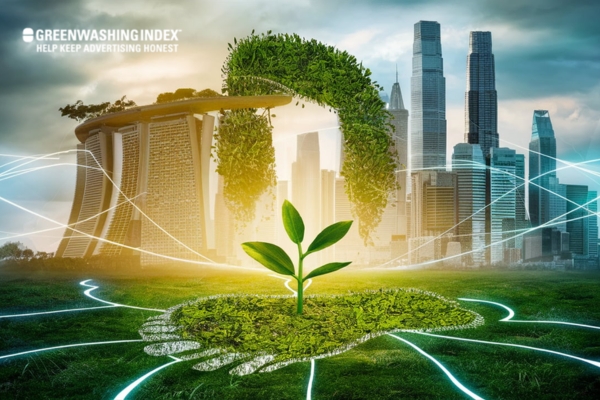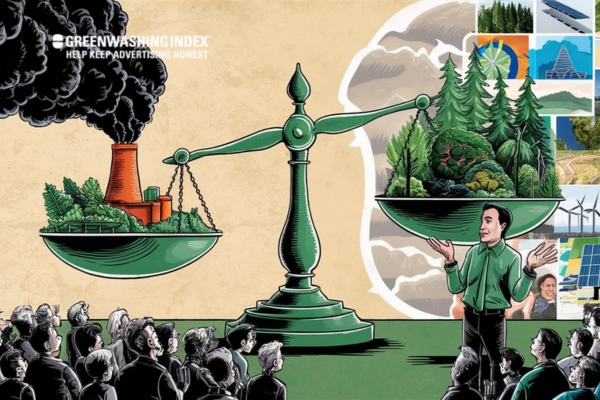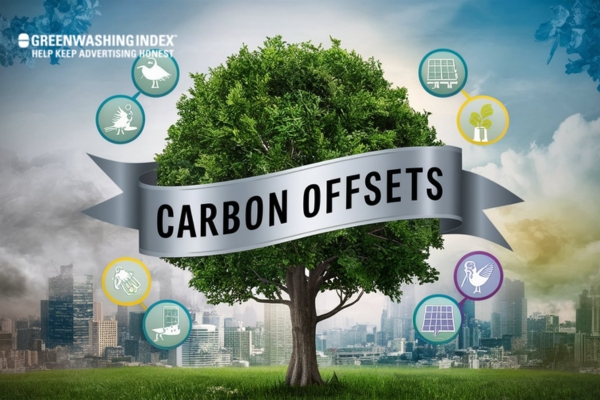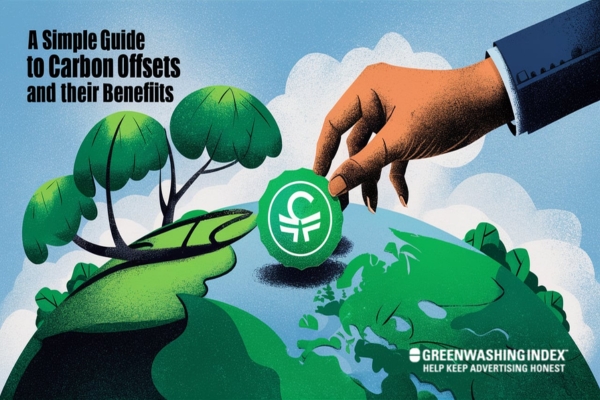Standing in a sunlit forest, the crisp air filling your lungs, as you consider the impact of your actions on the planet. This serene image quickly fades as we grapple with the reality of climate change. Enter the concept of carbon offsets.
These are tools to help balance our carbon footprint by supporting projects that reduce greenhouse gases elsewhere. But what are carbon offsets really, and how do they work? As we journey through the world of carbon offsets, we’ll explore their mechanisms, benefits, and role in climate policy, ensuring a future where that sunlit forest thrives.
What are Carbon Offsets?
Carbon offsets are a way to balance out the carbon dioxide emissions we produce in our daily activities. They work by funding projects that reduce greenhouse gases elsewhere, such as planting trees or investing in renewable energy.

When you purchase a carbon offset, you’re essentially compensating for your own carbon footprint by supporting activities that decrease carbon emissions globally. The concept is simple but impactful. By investing in these offsets, individuals and companies can take responsibility for their environmental impact.
Offsets are measured in metric tons of CO2, and each offset represents a reduction in emissions. Buying them can be a practical step for those looking to minimize their carbon footprint while supporting sustainability projects worldwide.
Also Read: Industrial Carbon Footprint Reduction: Proven Strategies
How do carbon offsets work?
Carbon offsets provide a practical way for individuals and businesses to mitigate their carbon footprints and contribute to a healthier planet. The process begins with assessing your carbon footprint, which measures the total greenhouse gas emissions you are responsible for, including those from transportation, energy use, and other activities.

Once you have an understanding of your emissions, you can support various offset projects that help reduce or eliminate CO2 from the atmosphere. These projects often include reforestation initiatives, renewable energy developments, energy efficiency programs, and methane capture efforts.
Each of these initiatives plays a vital role in combating climate change by either removing CO2 from the air or preventing future emissions. When you purchase carbon offsets, you are essentially buying a way to balance out your emissions.
Each offset typically represents the reduction or removal of one metric ton of CO2. However, it’s important to choose reputable offset providers and verify that their projects are certified, ensuring that the emissions reductions are real and meaningful.
Tracking the impact of your offsets is also essential. Many providers offer reports that detail the measurable benefits of the projects you support, promoting transparency and accountability.
Overall, carbon offsets empower individuals and businesses to take responsibility for their environmental impact, fostering a culture of sustainability and awareness about our collective role in protecting the planet.
Benefits of Carbon Offsets
Carbon offsets present a variety of benefits that play a significant role in combating climate change and promoting sustainability. By funding initiatives that reduce greenhouse gas emissions, support renewable energy, and enhance forest conservation, carbon offsets contribute to a healthier environment.

Benefits of Carbon Offsets are as follows:
- Encouragement of Environmental Responsibility: It empower individuals and businesses to address their carbon footprints, promoting a more eco-conscious society.
- Reduction of greenhouse gas emissions: The fund projects that capture or eliminate greenhouse gases, helping to lower overall emissions.
- Support for Renewable Energy: They aid renewable energy projects, like wind and solar power, which are essential for sustainable development.
- Promotion of Forest Conservation: Carbon offsets encourage reforestation and conservation efforts, enhancing biodiversity and preserving wildlife habitats.
- Boost to Local Economies: These projects create jobs and promote sustainable practices, positively impacting local communities.
Conclusion
Understanding what carbon offsets are is an essential step in our journey toward a more sustainable future. These offsets present a way to balance out emissions by investing in initiatives that reduce carbon elsewhere.
In essence, carbon offsets serve as a bridge toward more sustainable practices. For those eager to learn more about environmental solutions, explore our site for a wealth of informative blogs and become part of the change!



